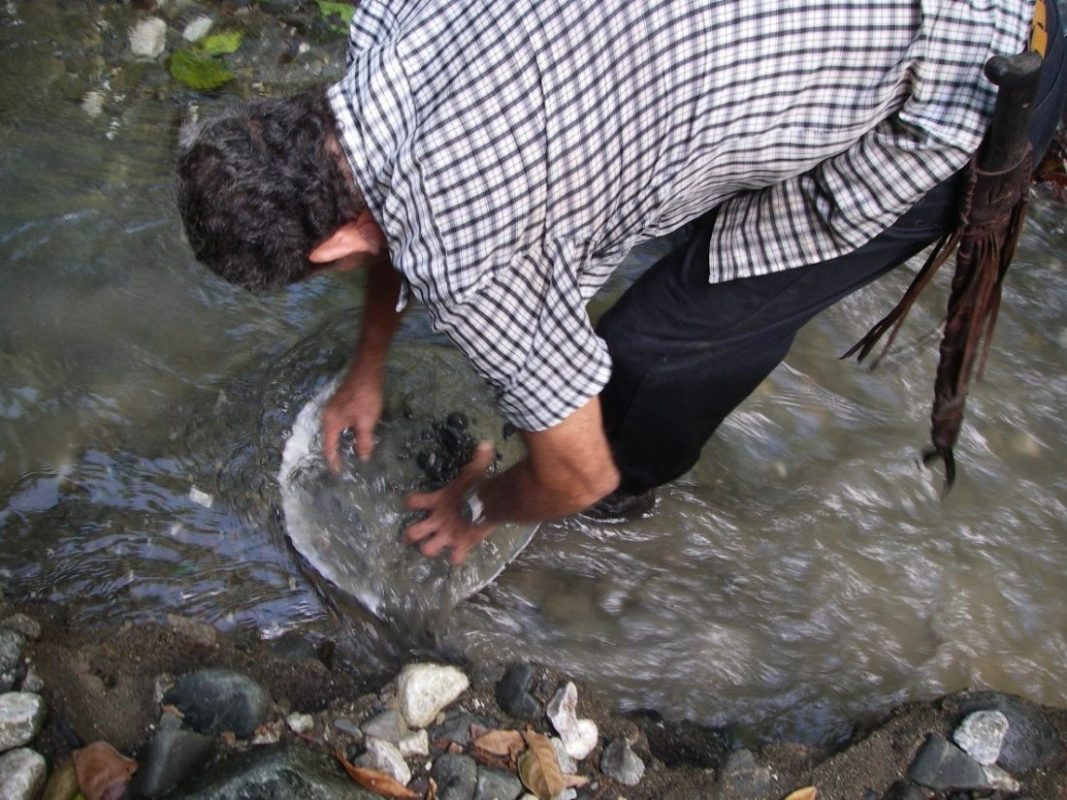Blog by Marco Hidalgo-Chaverri, Ecosystem Resilience and Community Outreach Program
Learning means incorporating new ways of relating our experiences with reality. This progression is carried out through two complementary processes: the assimilation of data from the objective reality to the subject, and the redefinition of the subject’s relationship with that reality.
During the training processes on basic environmental monitoring concepts, members of communities share knowledge about their own familiar experiences. This educational action is part of a process that empowers the members of a group to take over the management of their own development. The action-reflection-action relationship can be understood from a broad perspective and is intended to incorporate all the issues into a reality on the Peninsula.
To understand the conservation processes in the Osa Peninsula, one must walk the path of local knowledge. Two days were enough in February 2006 to understand the social and environmental complexity of the pioneer community, when accompanied by Don Talo in the left arm of the Tigre River. Don Talo told me during our trip how he dreamed of seeing the Conservation Association of Dos Brazos del Rio Tigre. The voices and dreams of the residents of Dos Brazos are reflected in the level of empowerment of this beautiful community, which seeks to generate development alternatives.

Image for illustrative purposes, showing a local person extracting gold from the river, February 2006. Photo Marco Hidalgo
I remember in 2002, during a football World Cup match, at the house of Don Ismael Carvajal in Rancho Quemado, they told me about the Association of Producers of the community. I was excited to understand how this group dreams of reforesting eroded areas near springs, rivers and restore 98 hectares for conservation and ecotourism. Through the stories of the teacher at Rancho Quemado School (Mr. Carlos Gutiérrez) I also came to learn how they hope to pass on this natural heritage to their children and youth of the community to implement the desires of the Chocuaco Conservation Group.

Landscape photo of the Rancho Quemado Community, 2006. Photo Marco Hidalgo
I think that one of the most effective strategies in the conservation of the Osa Peninsula is just having the ability to listen to the local people.


